Is Milkweed Plant Poisonous To Pets, People And Livestock?
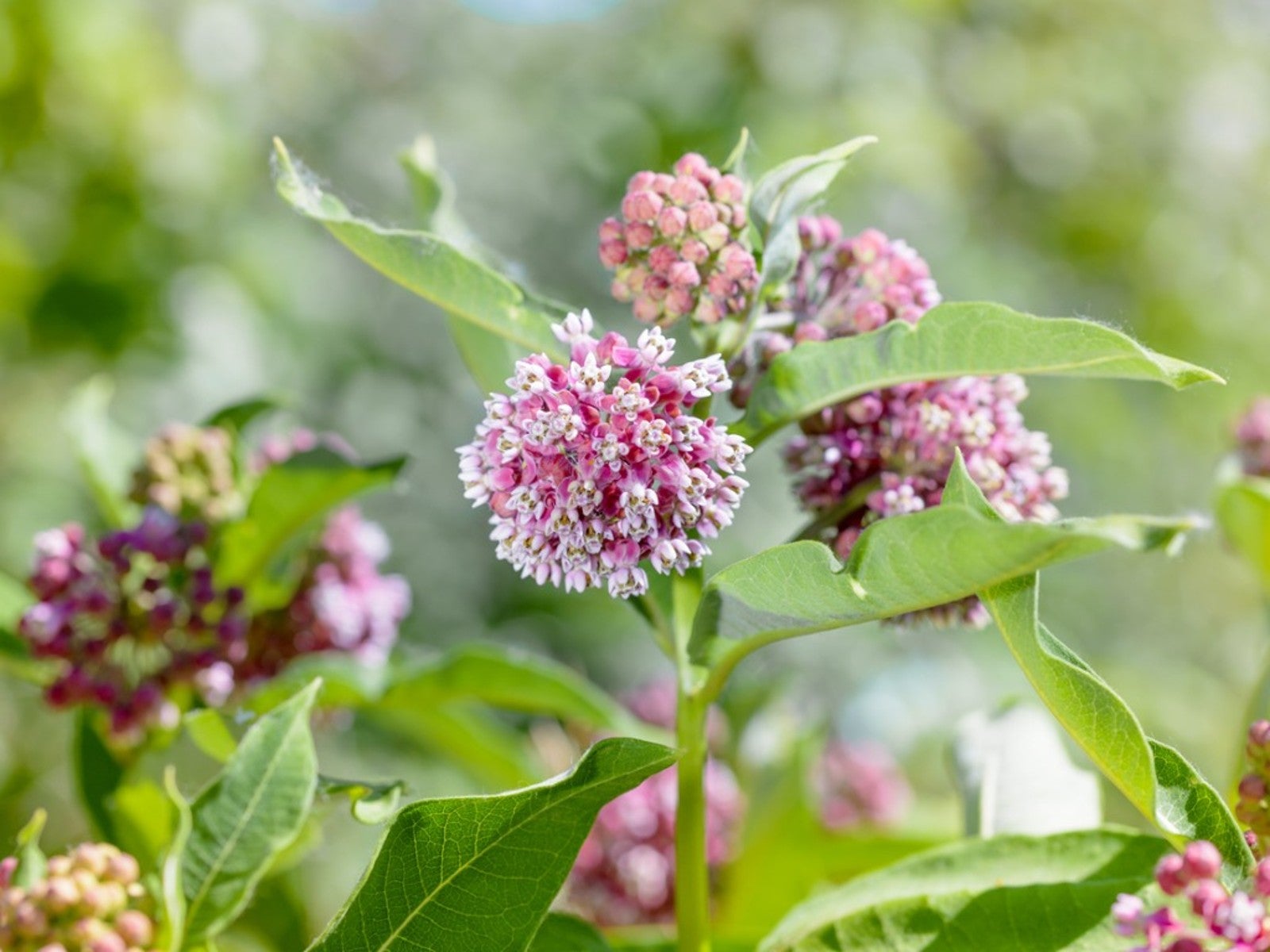

Milkweed (Asclepias spp.) is a popular garden plant as well as roadside native recognized by its milky sap. It is also toxic to pets, livestock, and humans. However, it can be managed to prevent accidental poisonings.
In July 2022, the world’s largest environmental network, IUCN, listed the migratory monarch as an endangered species. With numbers declining for years, conservation efforts have been ongoing, and many homeowners added milkweed, the only host plant for the monarch butterfly caterpillar, among their annual and perennial landscape choices.
Milkweed Poisoning and How to Safely Grow Toxic Milkweed
Milkweed is a favorite in butterfly gardens, not only because it is the host plant for the monarch and queen butterflies, but because the nectar is sought by many butterflies, bees, and hummingbirds. Migratory monarch butterflies are decreasing in numbers due to habitat loss as well as climate change.
Milkweed, which is common throughout North America, contains either cardiac glycosides or a neurotoxin that is specific to whorled-type milkweed. The toxins can affect heart and kidney function and the nervous system. While horses are most susceptible to milkweed poisoning, people often ask, “Is milkweed poisonous to dogs?” It is toxic to dogs as well as chickens, cattle, sheep, cats, and some insects.
Livestock Milkweed Poisoning
Grazing livestock is at the largest risk of accidental poisoning. Milkweed is a common pasture plant and can pose a threat, especially to horses, if more palatable food is not available and the animals are desperate for forage. They usually avoid eating milkweed, but if that is all that is available, they will eat it. Making sure the livestock always has fresh forage available will help prevent milkweed poisoning. Also develop a weed management plan for fence lines, field edges, and roadsides, where milkweed is commonly found. Eradicating milkweed from pastures is the best way to avoid poisoning.
Milkweed is also toxic when dried. If milkweed is baled with hay in the fall, it can be problematic. Inspect hay for dried milkweed before feeding. The whorled milkweed is harder to spot because of its thin stems and leaves. Be especially vigilant if the hay was harvested from areas where milkweed is common, such as field edges.
Symptoms of Milkweed Poisoning
Milkweed poisoning symptoms in animals include abdominal pain, colic, bloat and diarrhea; muscle tremors, weakness; slow, irregular heart rate; or labored breathing. The narrow-leafed milkweed is the most lethal and affects the nervous system. Those include the whorled milkweed (A. subverticillata), the eastern whorled milkweed (A. verticillata) and the plains milkweed (A. pumilla). Broad-leafed species with high levels of toxicity include A. asperula, A. labriformis, A. eriocarpa, and A. curassavica (tropical milkweed).
Gardening tips, videos, info and more delivered right to your inbox!
Sign up for the Gardening Know How newsletter today and receive a free copy of our e-book "How to Grow Delicious Tomatoes".
Call a veterinarian immediately if you suspect milkweed consumption. Fresh water, hay and shade will help. Supportive therapies such as sedatives, laxatives, and intravenous fluids may be needed. If contacted in time, vets may be able to administer a therapy to reduce absorption of the toxins.
For the home gardener, it is easier to confine your milkweed plants to an area away from curious pets. Common milkweed (A. syriaca), swamp milkweed (A. incarnata) and butterfly weed (A. tuberosa) are planted often in the garden. The tuberosa variety does not have the toxic milky sap and blooms off and on all summer with bright orange flowers. Pollinators flock to the flowers on all milkweed varieties, which also produce interesting seed pods.
Is Milkweed Poisonous to Humans?
When handling milkweed, avoid contact with the milky sap by wearing gloves. If you touch the sap, wash your hands immediately to avoid getting it in your eyes. If you get sap in your eyes you may experience corneal abrasions, edema, loss of corneal transparency and folds in the cornea, which are short lived. Symptoms decrease within 24 to 48 hours.

After graduating from Oklahoma State University with a degree in English, Susan pursued a career in communications. In addition, she wrote garden articles for magazines and authored a newspaper gardening column for many years. She contributed South-Central regional gardening columns for four years to Lowes.com. While living in Oklahoma, she served as a master gardener for 17 years.
-
 Looking For Plants To Give You The Soft And Fuzzies? Try These 5 Fuzzy Leaf Plant Options
Looking For Plants To Give You The Soft And Fuzzies? Try These 5 Fuzzy Leaf Plant OptionsLovers of texture, drama, silver foliage and tactile plants will adore these special sensory garden additions. These fuzzy leaf plant options will leave you all aglow
By Susan Albert
-
 Get Ready For A Summer Of Hummers! Grow These Full Sun Hummingbird Plants and Flowers
Get Ready For A Summer Of Hummers! Grow These Full Sun Hummingbird Plants and FlowersIf you’re lucky enough to enjoy a sunny backyard, make sure you are maxing out on your pollinator opportunities and grow these full sun hummingbird plants and flowers
By Tonya Barnett
-
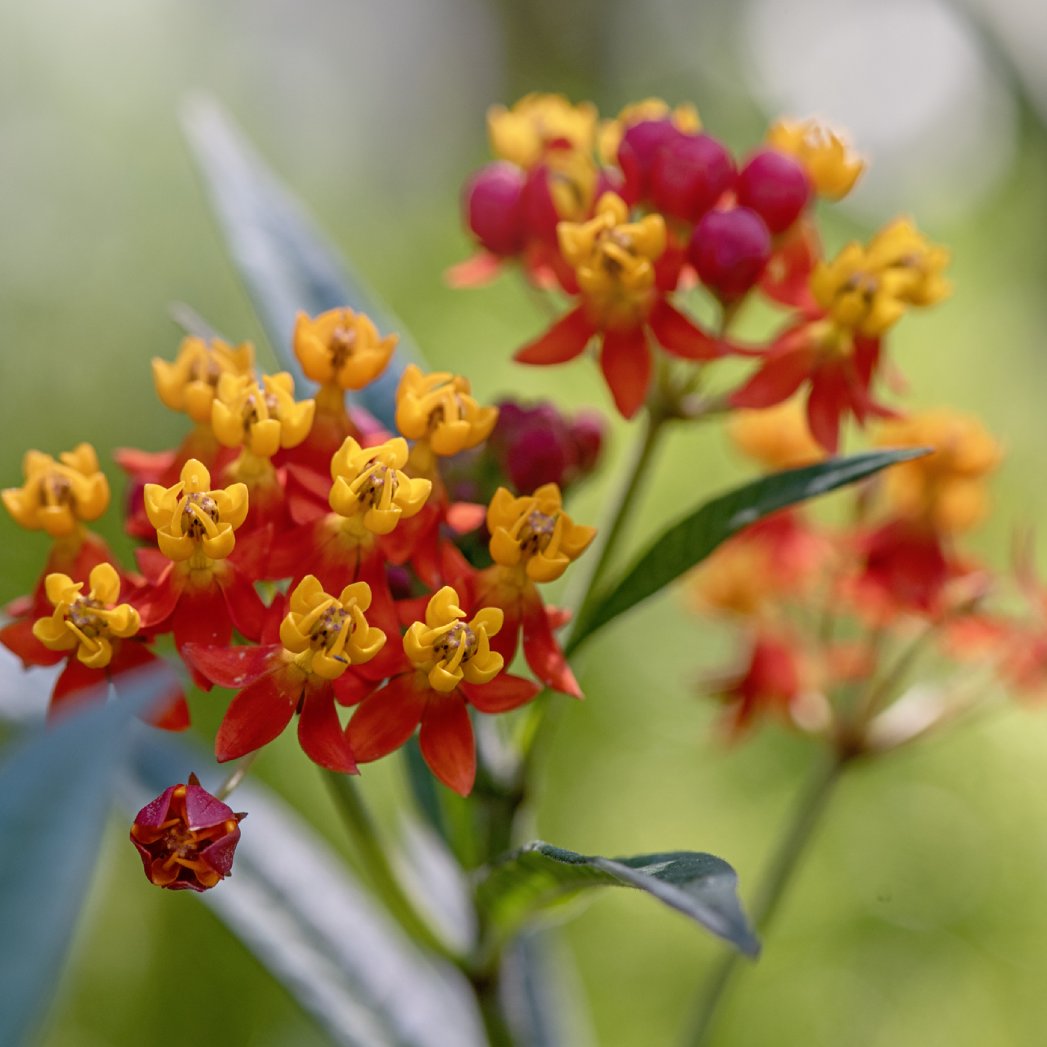 Is Tropical Milkweed Bad For Your Butterflies? What You Can Do
Is Tropical Milkweed Bad For Your Butterflies? What You Can DoTropical milkweed is a harmful plant that can trick both humans and monarch butterflies, and is contributing to declining monarch populations.
By Teo Spengler
-
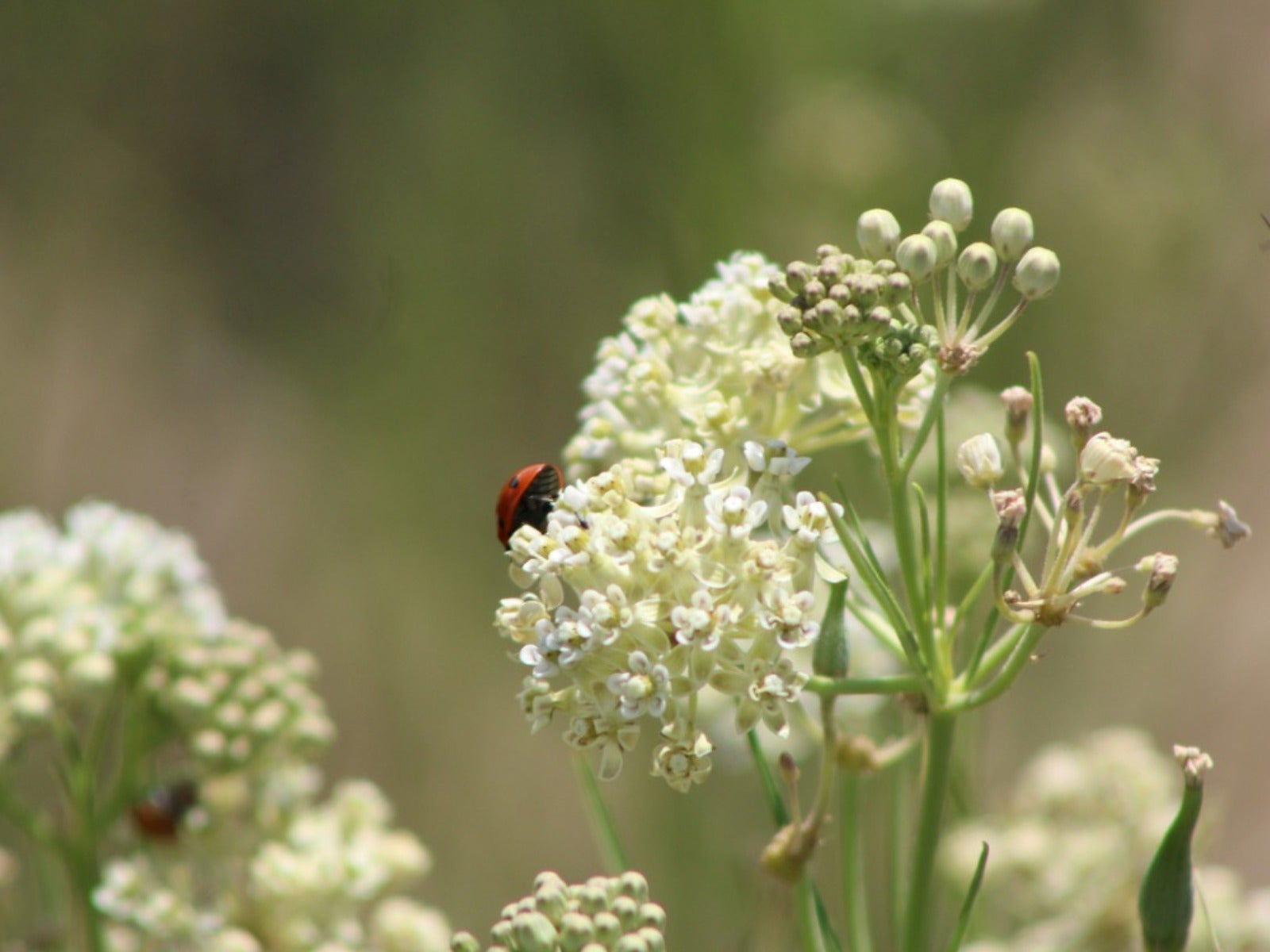 How To Grow Native Whorled Milkweed In The Garden
How To Grow Native Whorled Milkweed In The GardenWhorled milkweed is beloved by monarch butterflies, but it attracts other pollinators, too. Click to read more.
By Mary Ellen Ellis
-
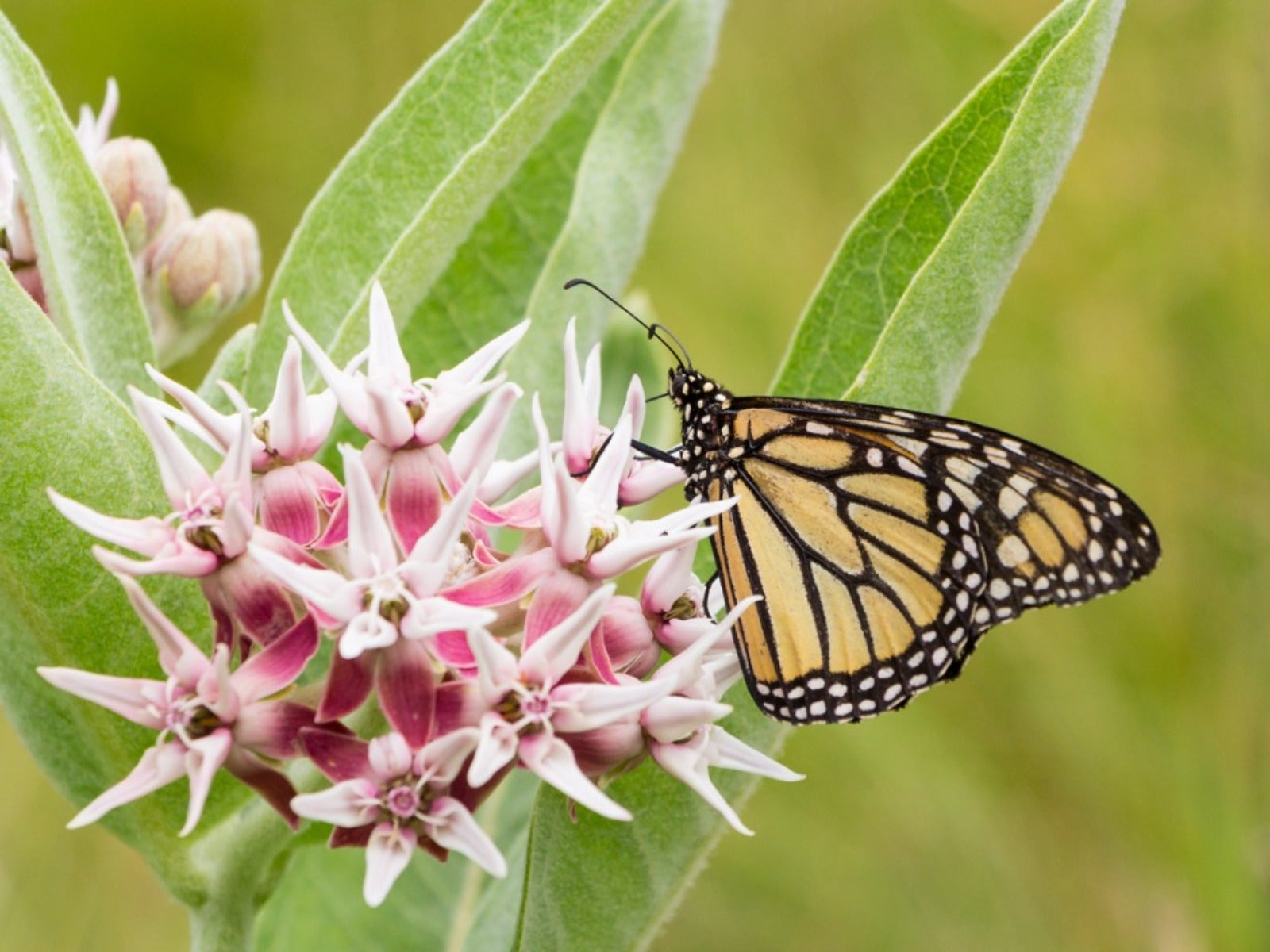 Best California Milkweed Varieties For Monarch Butterflies
Best California Milkweed Varieties For Monarch ButterfliesClick here to learn what the best milkweed varieties for California are.
By Teo Spengler
-
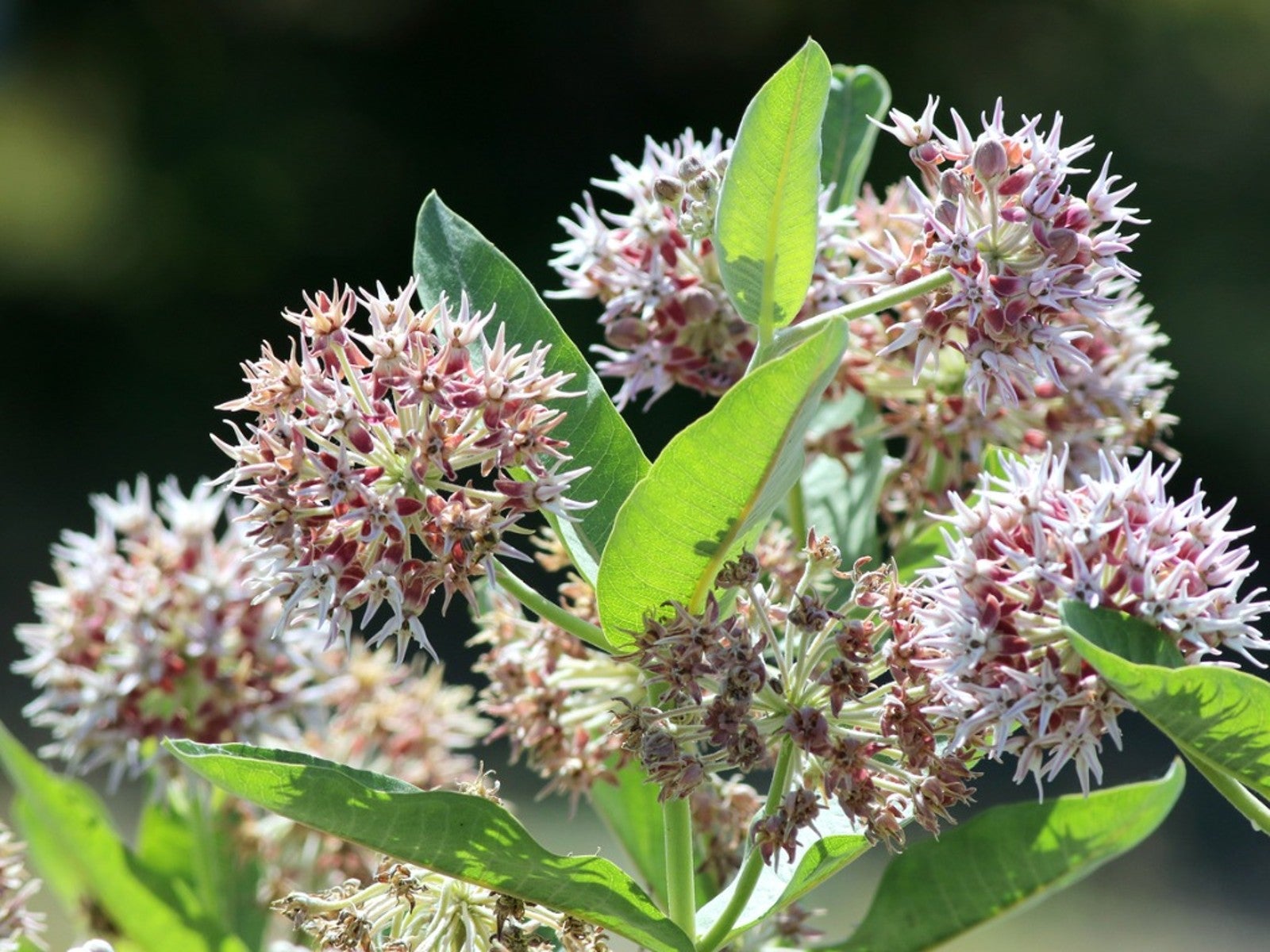 Growing Showy Milkweed From Seed Or Cuttings
Growing Showy Milkweed From Seed Or CuttingsMilkweed is a valuable addition to gardens as a magnet for butterflies and other pollinators. Plant it from seed or cuttings, but watch out for the sap.
By Tonya Barnett
-
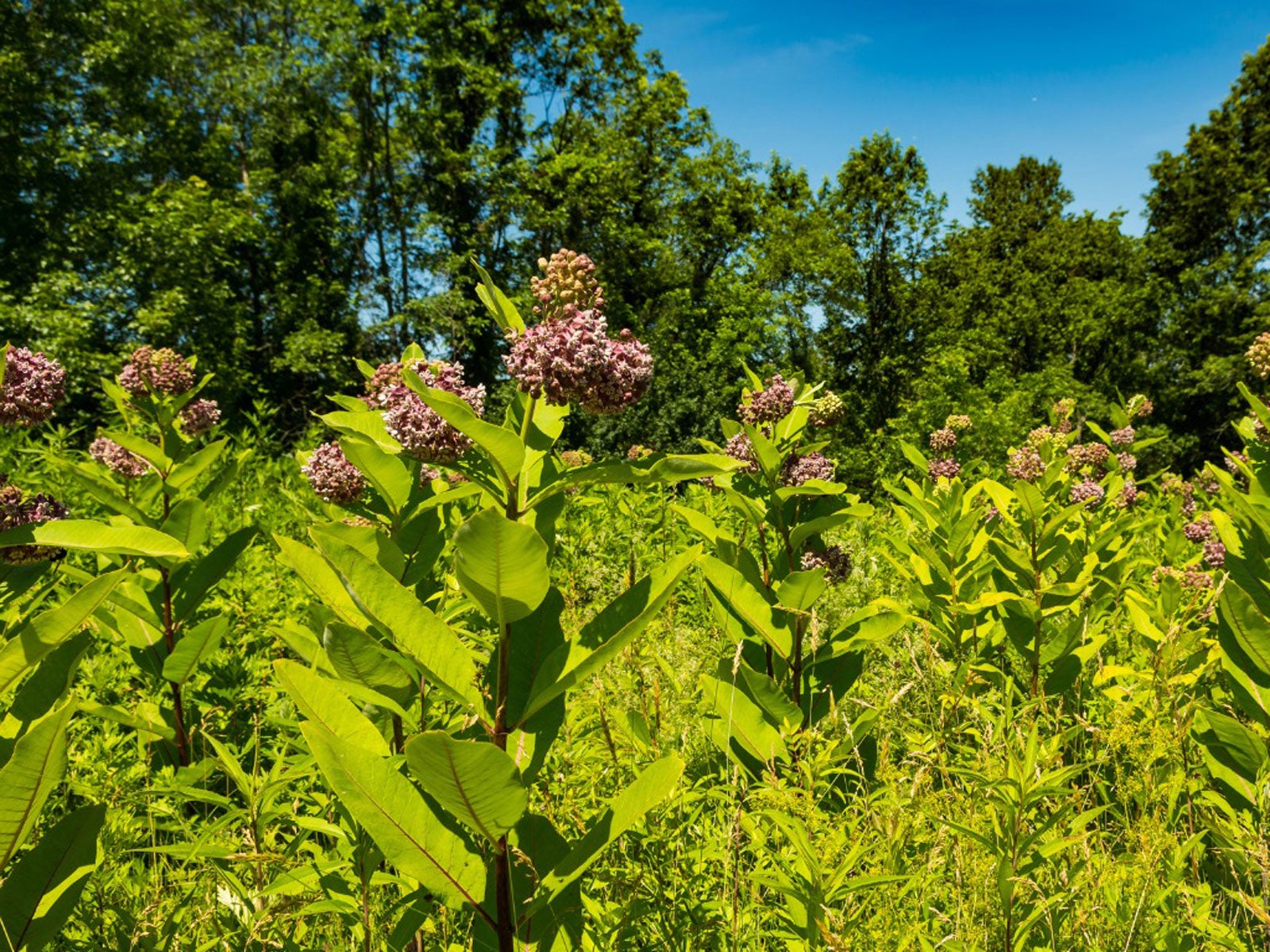 Milkweed Cutting Propagation: Learn About Rooting Milkweed Cuttings
Milkweed Cutting Propagation: Learn About Rooting Milkweed CuttingsYou may already grow milkweed if you have a butterfly garden. Starting milkweed from cuttings can increase the number of plants you have. For more information, click here.
By Laura Miller
-
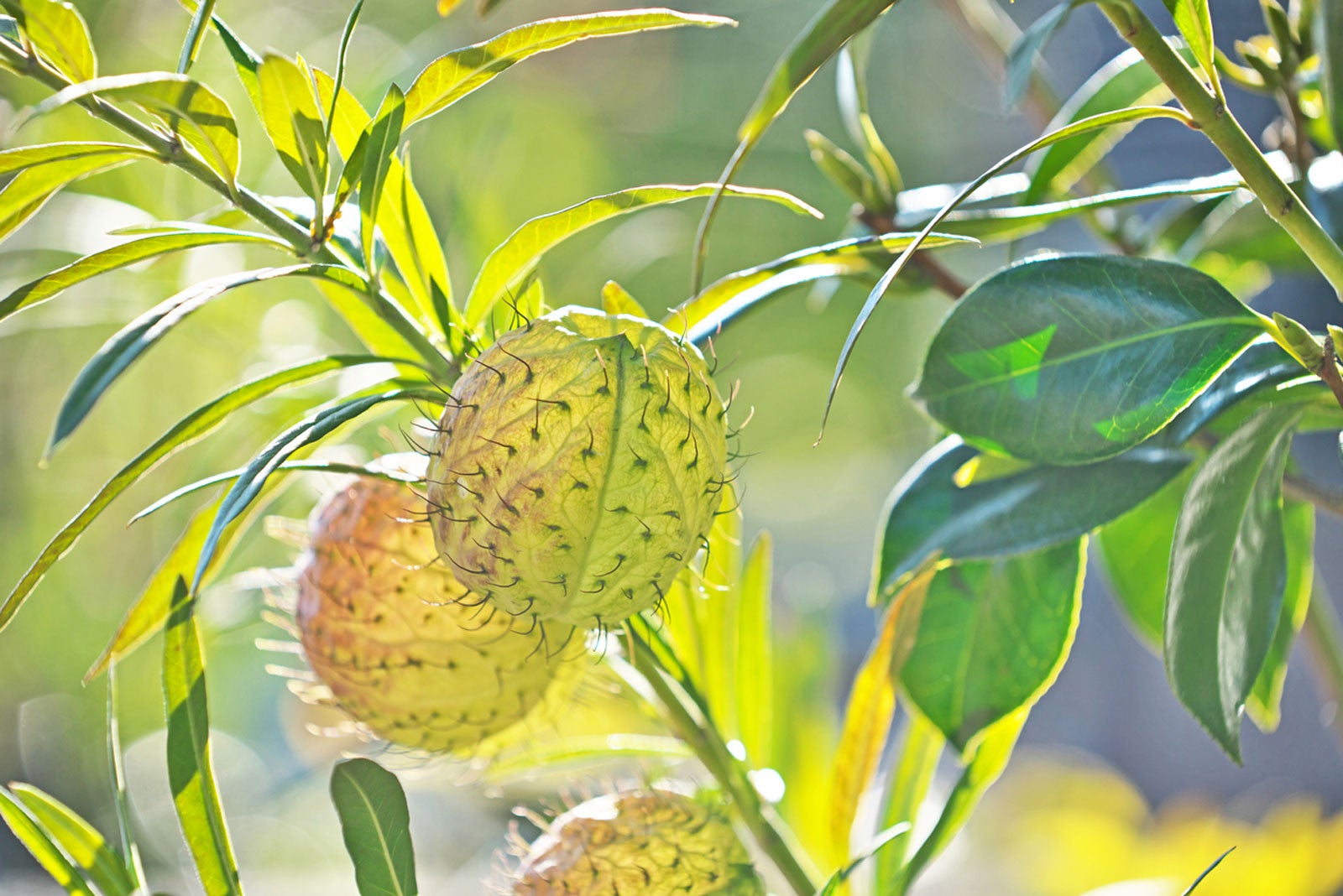 How To Grow Balloon Plants: Care Of Balloon Plants In The Garden
How To Grow Balloon Plants: Care Of Balloon Plants In The GardenLike all members of the milkweed family, the balloon plant is one of the best plants for attracting monarch butterflies. Learn more about adding the balloon plant milkweed species to your garden in this article. Click here for additional information.
By Mary H. Dyer
-
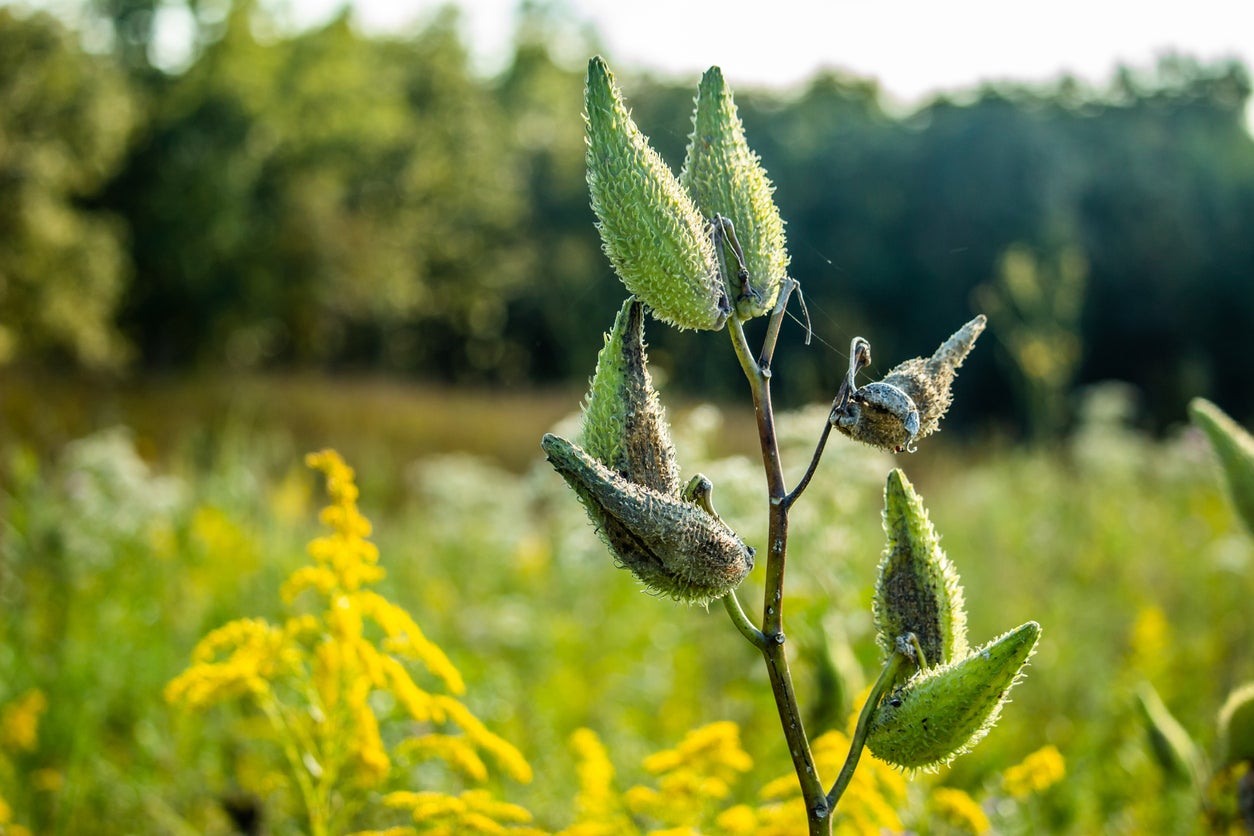 Milkweed Pruning Guide: Do I Deadhead Milkweed Plants
Milkweed Pruning Guide: Do I Deadhead Milkweed PlantsGrowing the plants will attract and feed these beautiful butterflies. But you may be asking, “should I prune milkweed.” Milkweed pruning isn’t really necessary, but deadheading milkweed can enhance appearance and encourage further flowering. Click here for more info.
By Bonnie L. Grant
-
 No Flowers On Milkweed – Reasons For Milkweed Not Blooming
No Flowers On Milkweed – Reasons For Milkweed Not BloomingThe sweet nectar of milkweed blooms attracts a wide variety of butterflies, bees, moths and hummingbirds. However, your dream of a garden filled with beautiful winged creatures can quickly become crushed if your milkweed won’t flower. Learn why this happens here.
By Darcy Larum